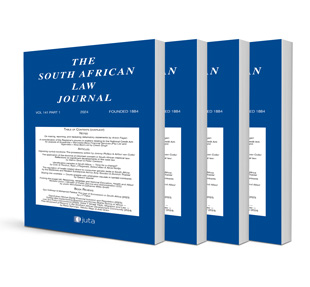The crisis of criminal justice in South Africa

The crisis of criminal justice in South Africa
Author E Cameron
ISSN: 1996-2177
Affiliations: Retired Justice of the Constitutional Court of South Africa
Source: South African Law Journal, Volume 137 Issue 1, p. 32-71
Abstract
This article investigates the crisis of criminal justice in South Africa. The article demonstrates through statistical analysis how South Africa’s prisons are not places of rehabilitation but overcrowded penal institutions. The reasons for this are investigated, these lying primarily in South Africa’s broken history, in the inefficiencies of coherent decision-making in our political leadership, our dismaying lack of institutional competence and the chimera that minimum sentencing legislation can somehow solve the problem, diverting us from finding more efficient solutions. A variety of potential solutions are then proposed with a view to ameliorating the crisis, inter alia from abolishing minimum sentences, to a revision of bail laws and practices, to the identification and adoption of numerous other restorative justice approaches and approaches previously recommended (but not implemented) by the South African Law Reform Commission.